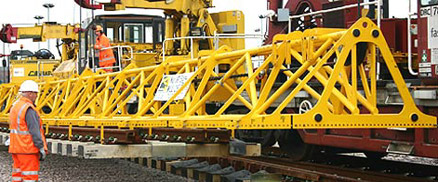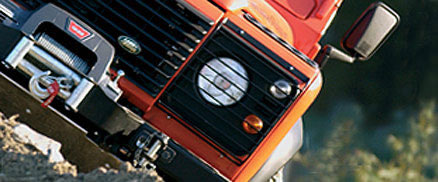Safe Use of Blocks
The basic objectives of any lifting operation are to move the load to the desired location and land it safely, efficiently and without damage to the load, the equipment used or the surrounding buildings, plant etc. In addition to any specific instructions relating to the block the following general points must be observed:
- Never attempt lifting operations unless you have been trained
- in the use of the equipment and slinging procedures.
- Position the hook directly over the centre of gravity so that the line of pull is vertical.
- Do not use the chain/wire rope to sling the load, ie do not wrap it round the load, back hook or choke hitch.
- Do not lift on the point of the hook or overcrowd the hook with fittings.
- Never lift/lower more than the marked SWL. In the case of manual equipment if abnormally high effort is required, and with power operated appliances they fail to lift the load, or if the load slips this is an indication of too high a load or a fault – check the load and the appliance.
- Avoid unnecessary inching of power operated appliances and do not impose sudden or shock loads.
- Push rather than pull loads suspended from appliances with push/pull trolleys and if un-laden pull on the bottom hook.
- Never pull an appliance by the pendant control, supply cable or hose.
- Avoid sudden movement of travel motion or undue effort in pushing the load which can cause the load to swing.
- Avoid excessive or intentional use of motion limits unless they are additional limits intended for that purpose. Avoid running appliances against end stops.
- Do not allow anyone to pass under or ride upon the load. Never leave suspended loads unattended unless in an emergency then ensure the area is cordoned off and kept clear.
- Do not remove guards, protective covers, weather proof overs, heat shields etc without the authority of a Competent Person
Following the points above will enable the safe transportation of heavy loads including beams.


